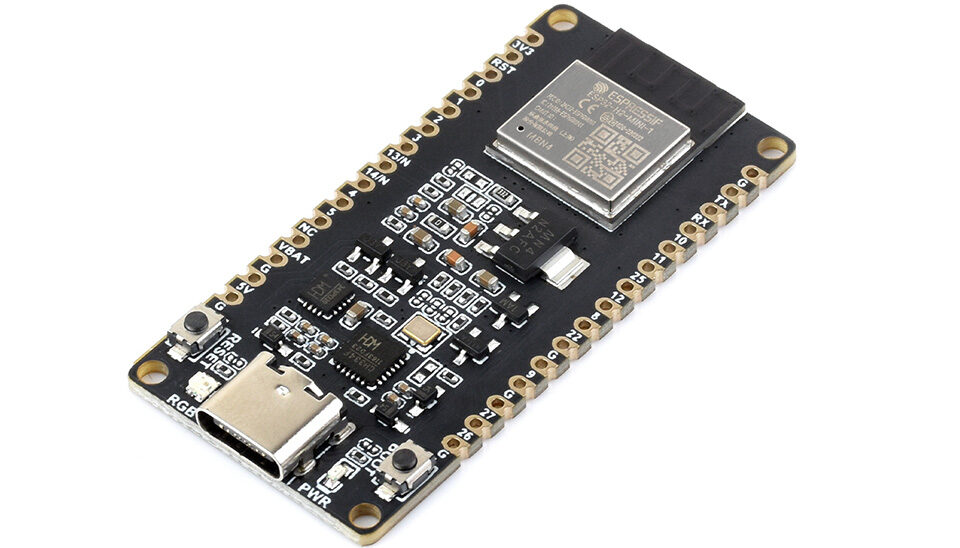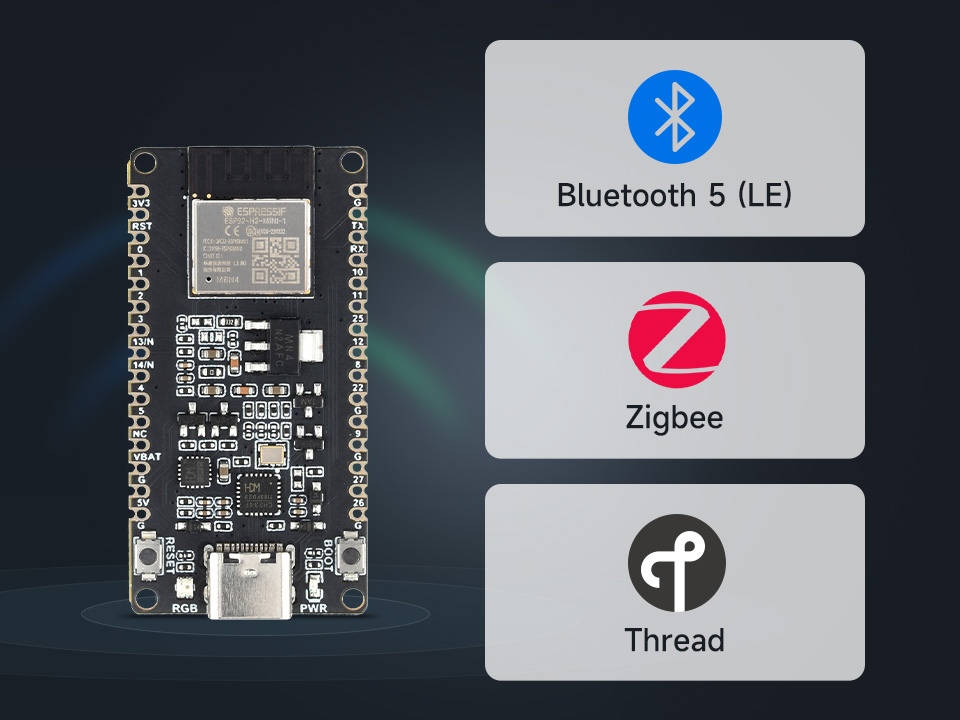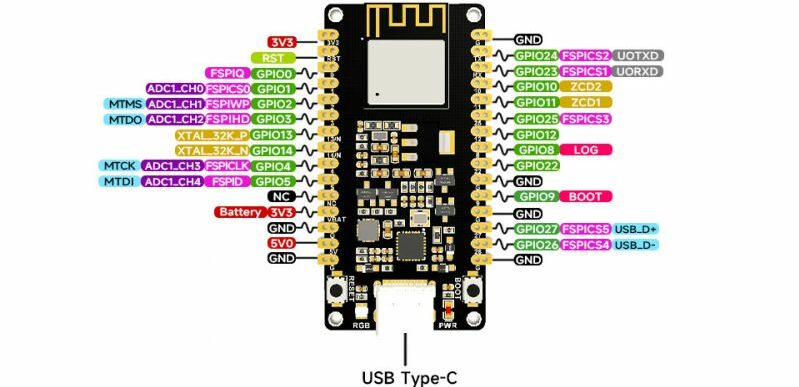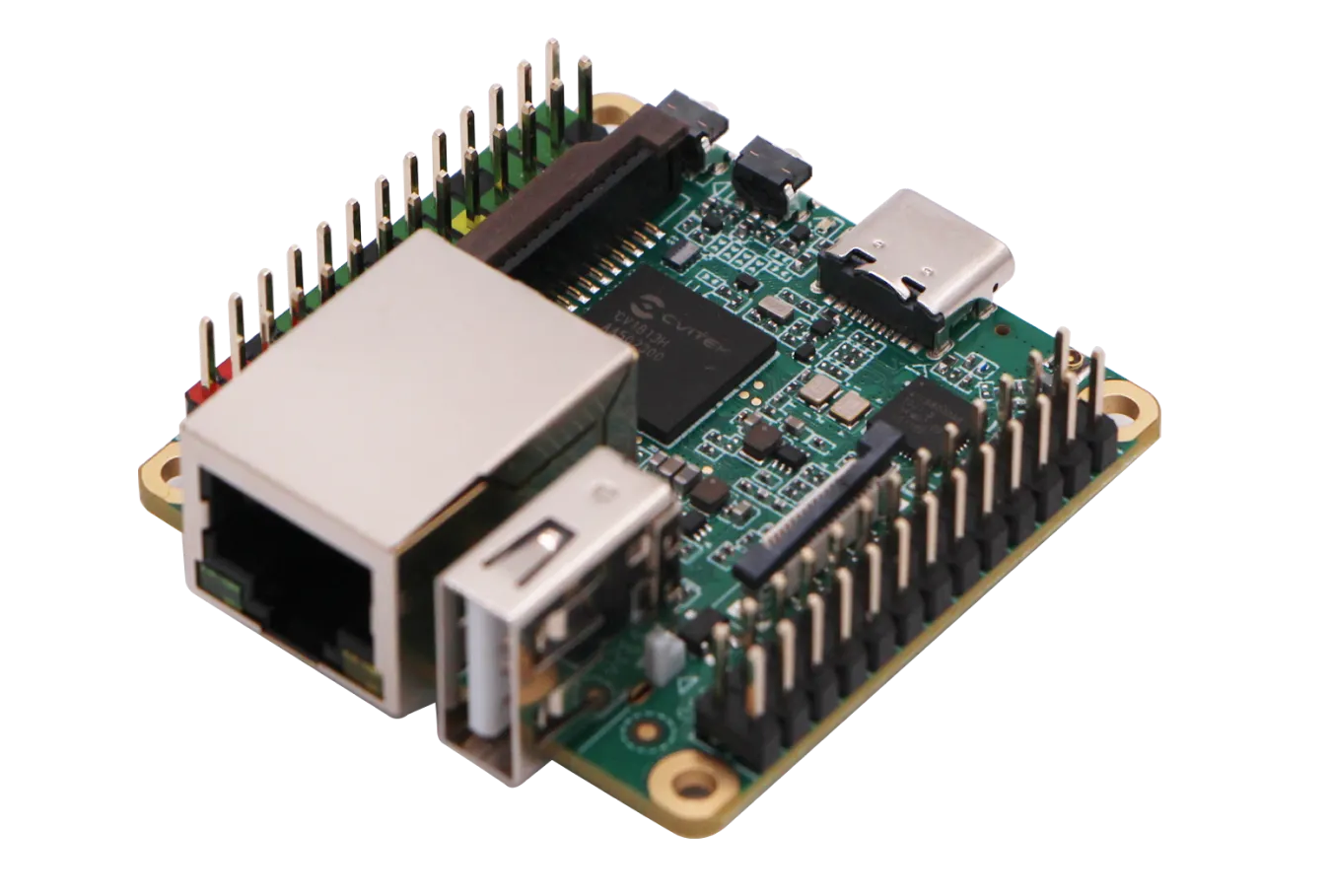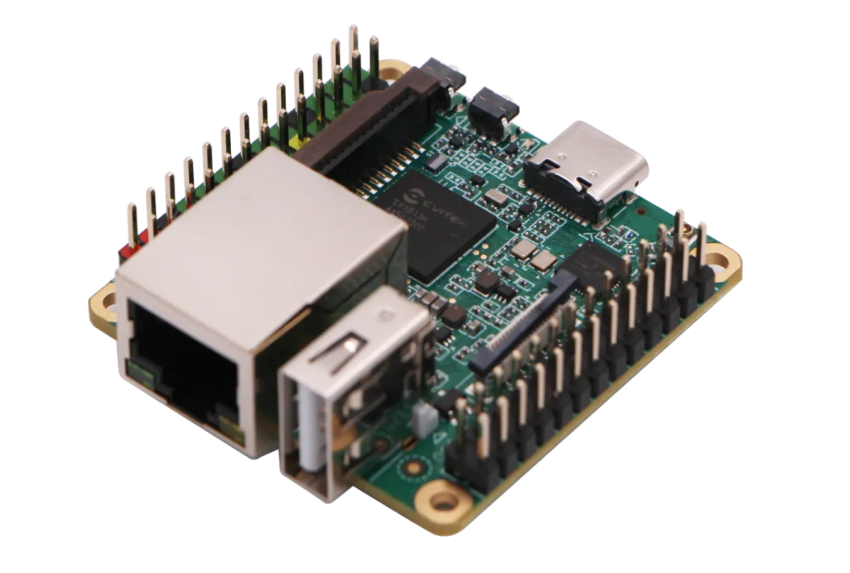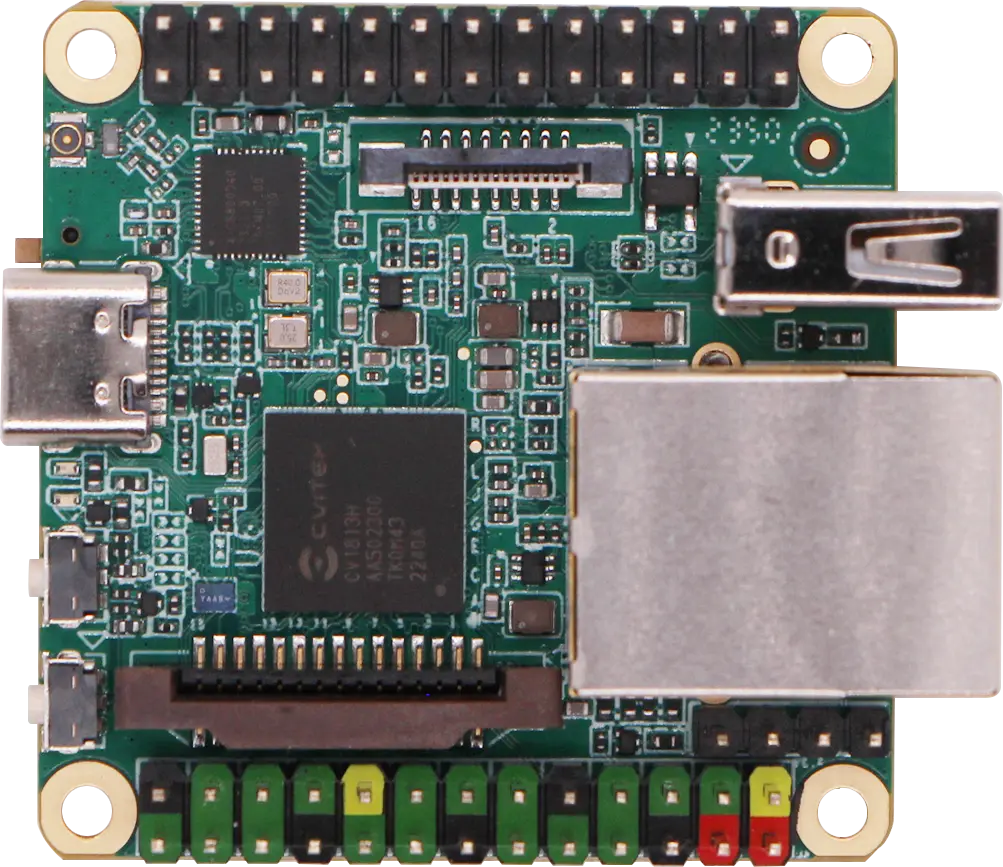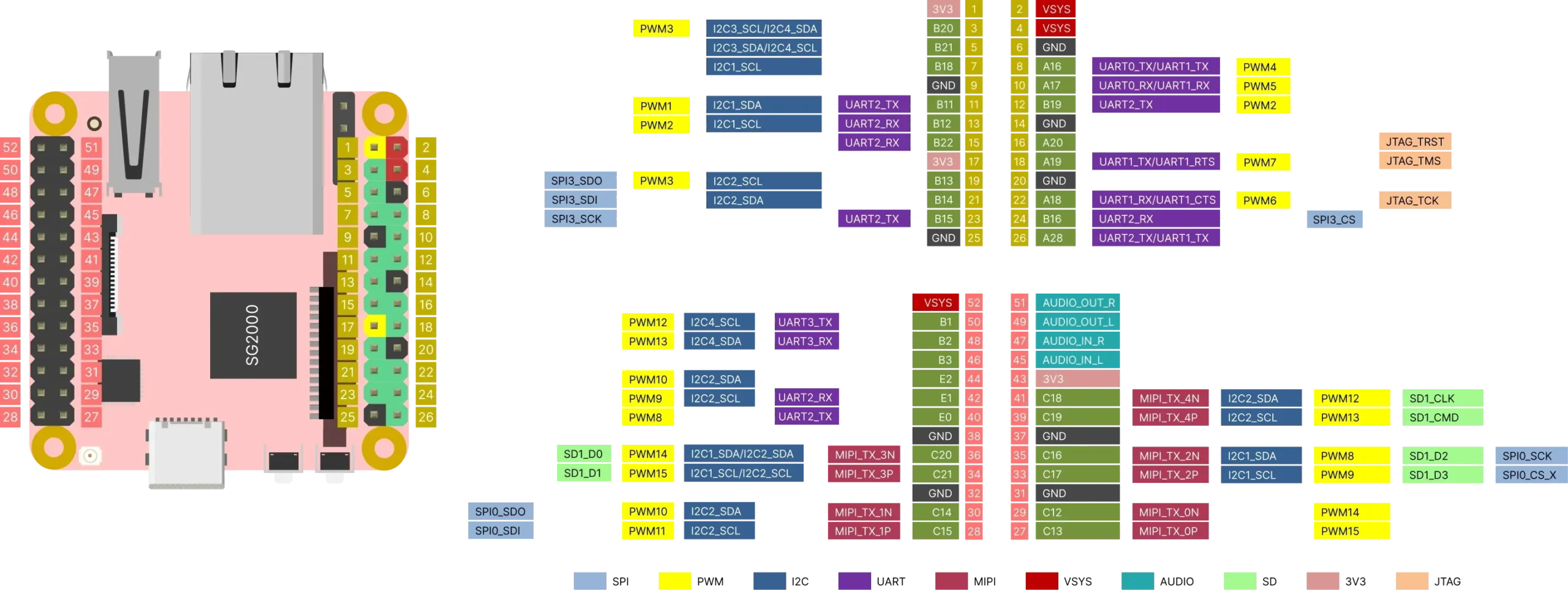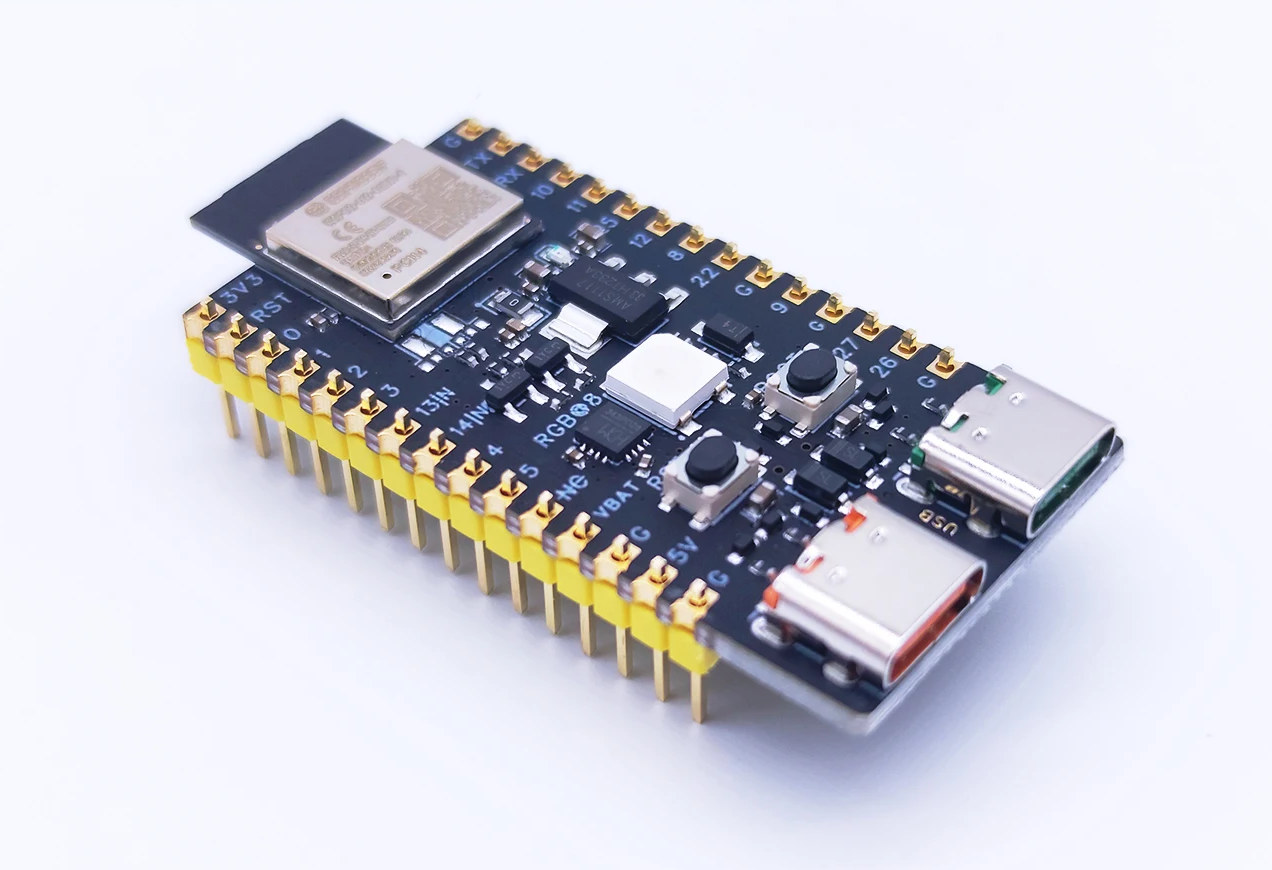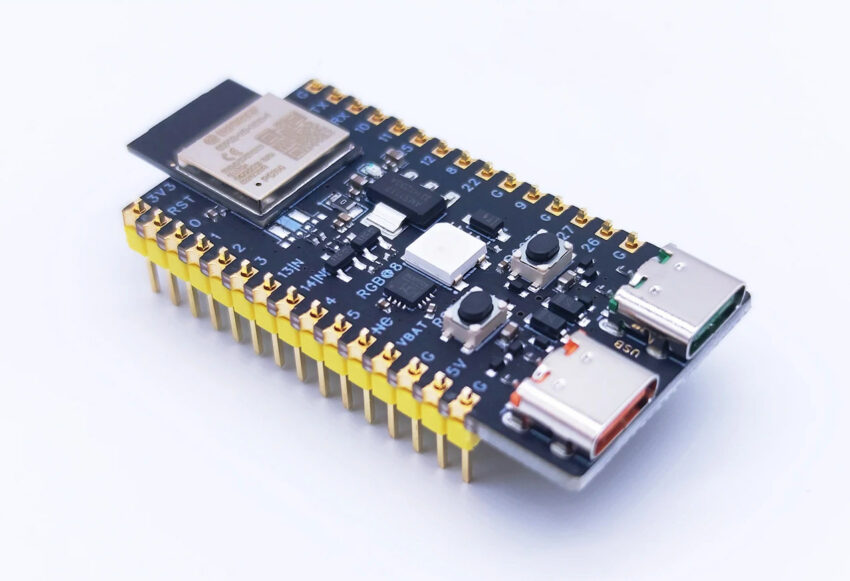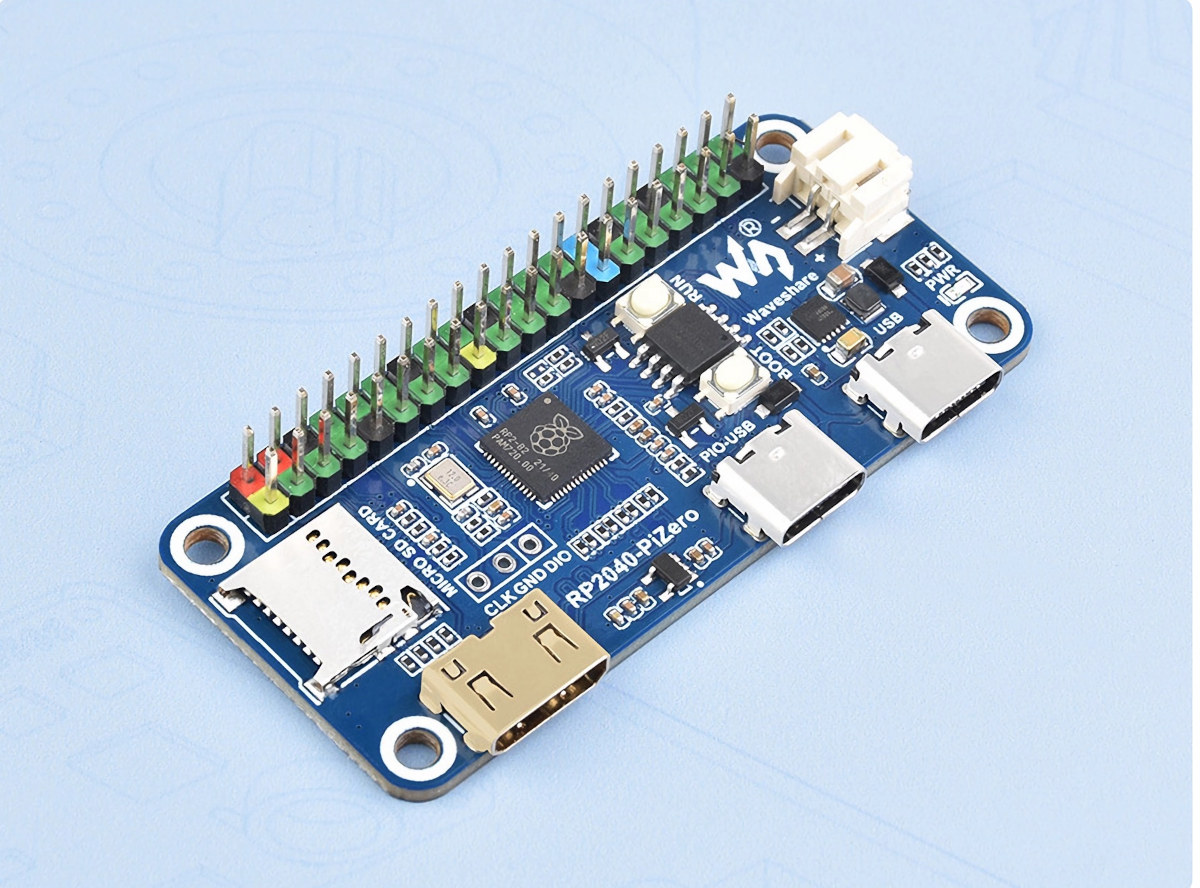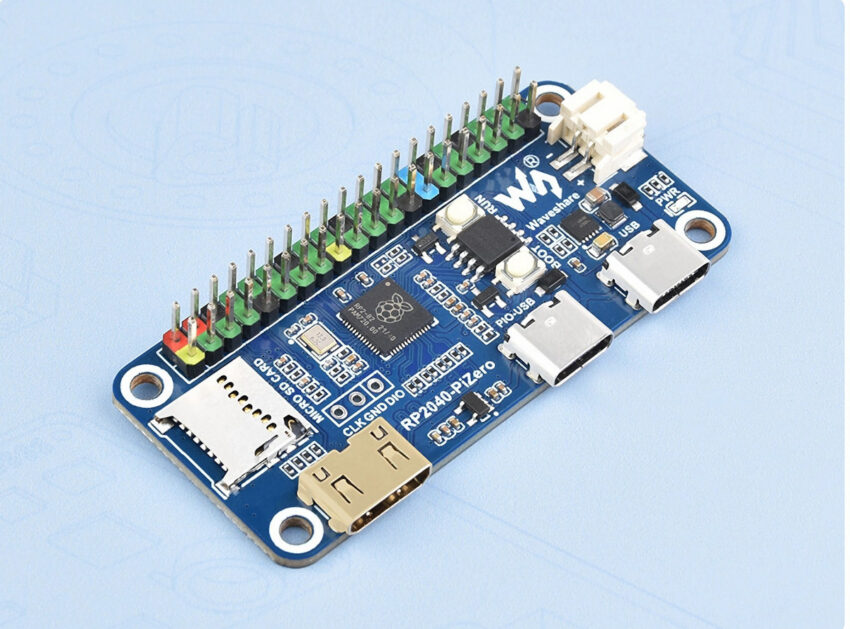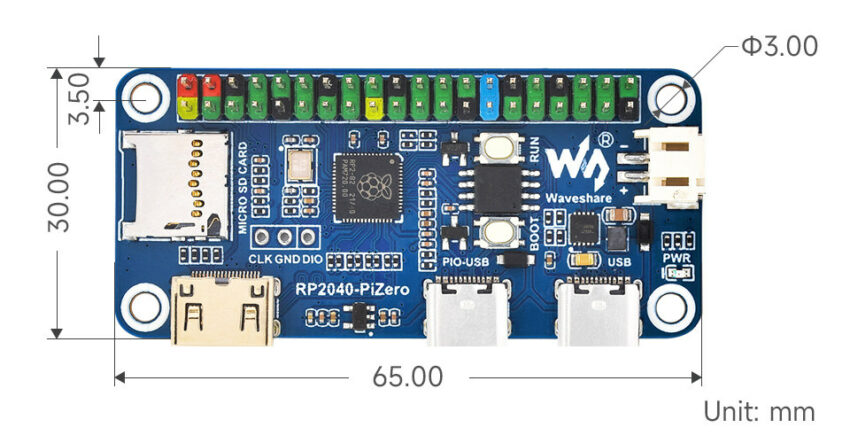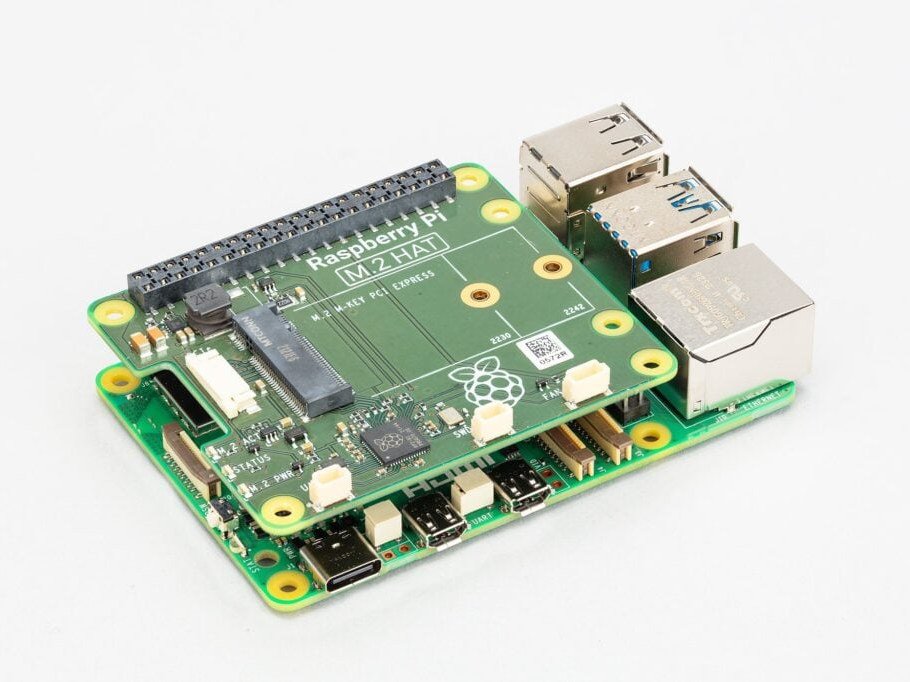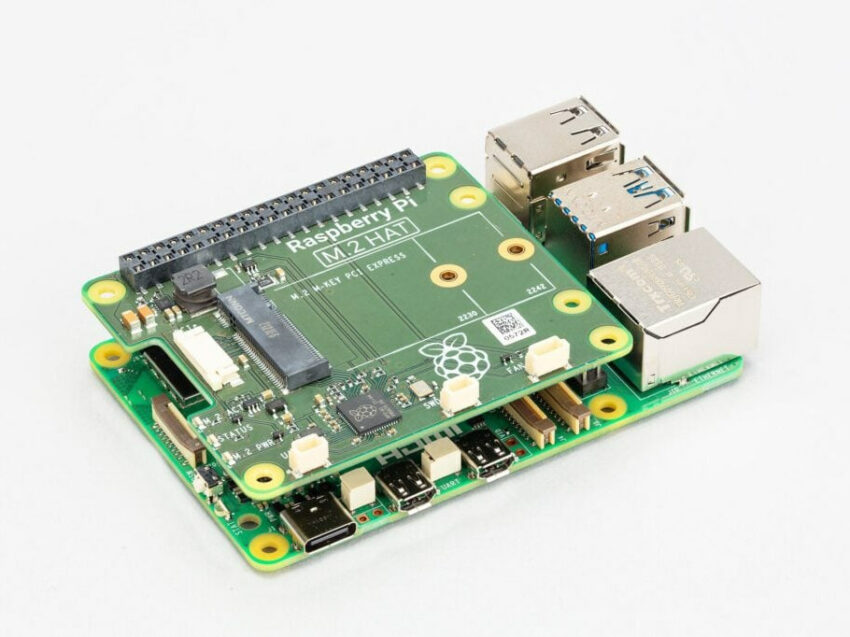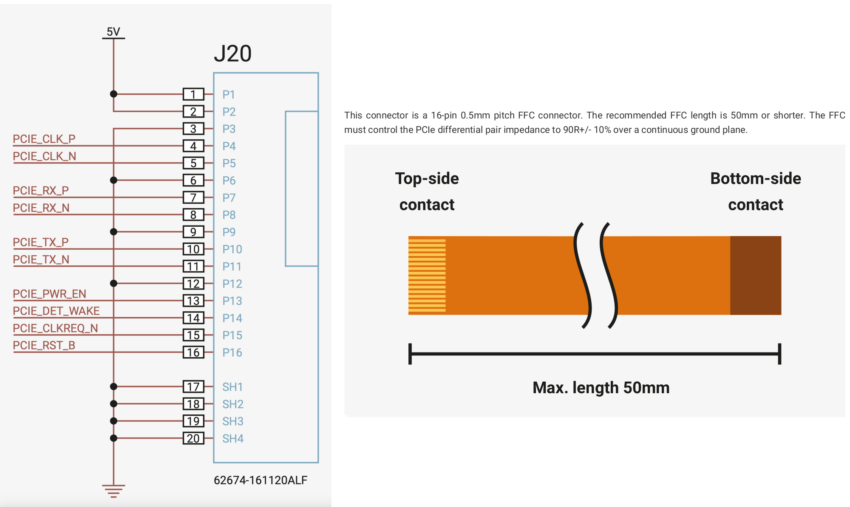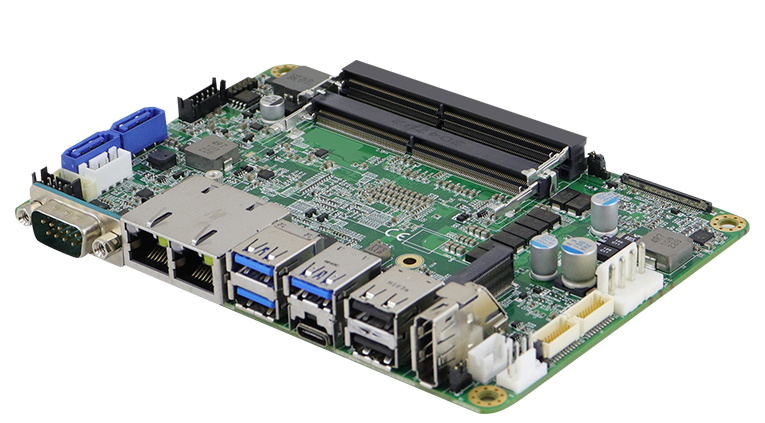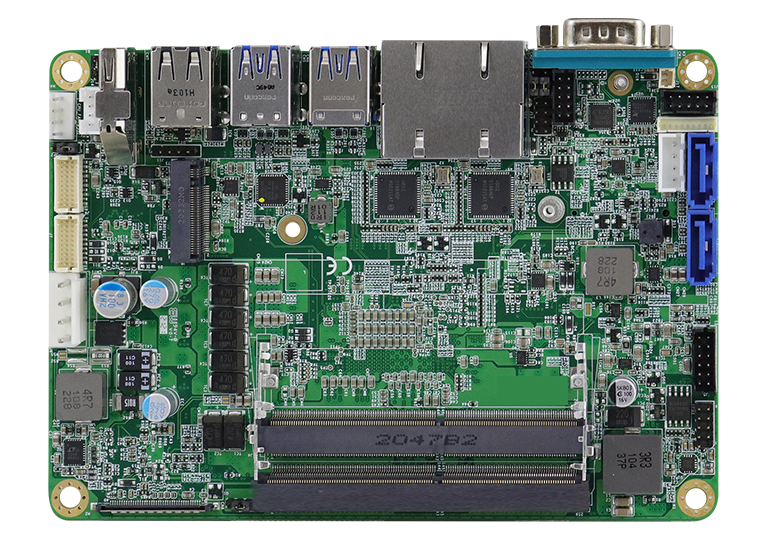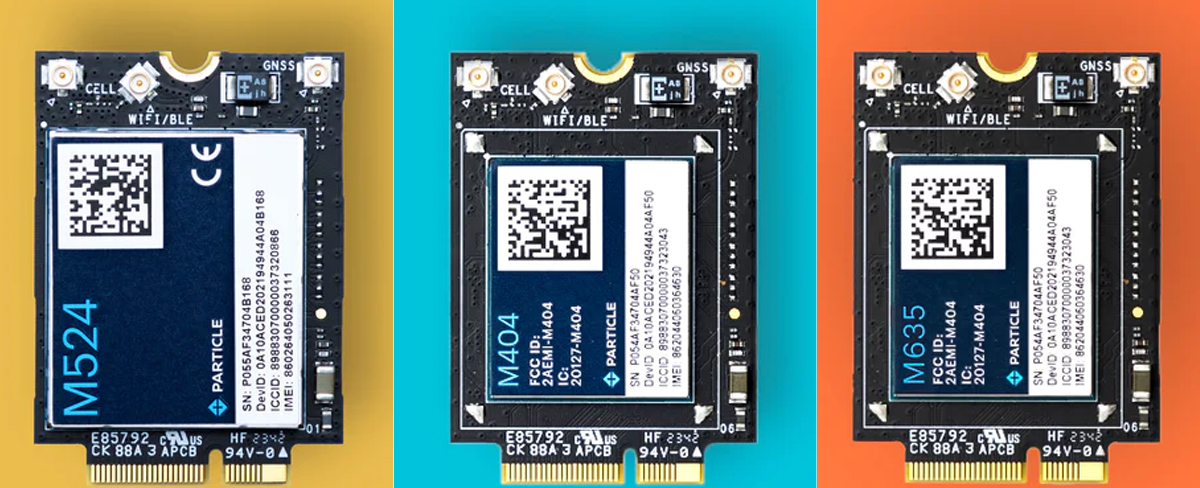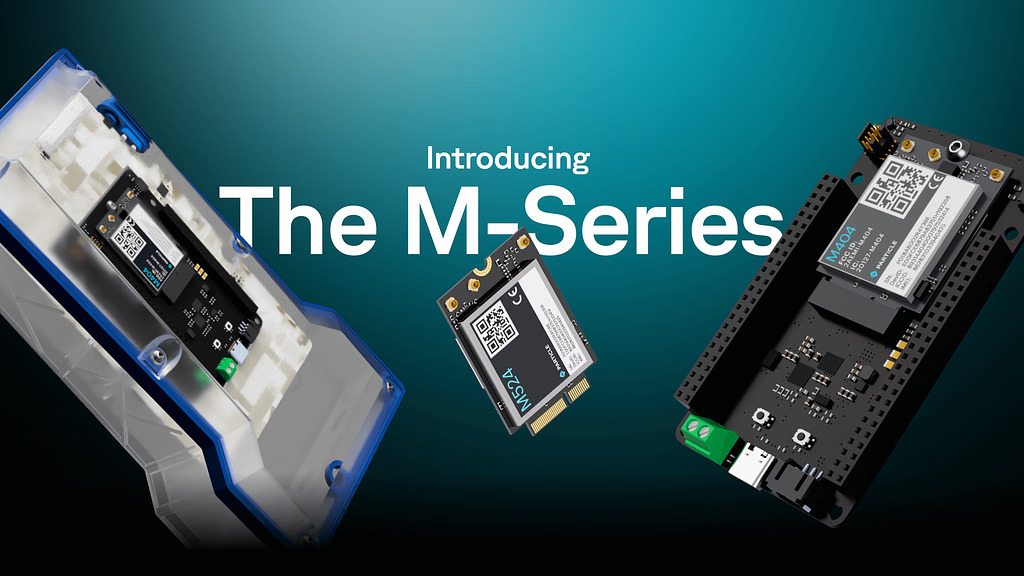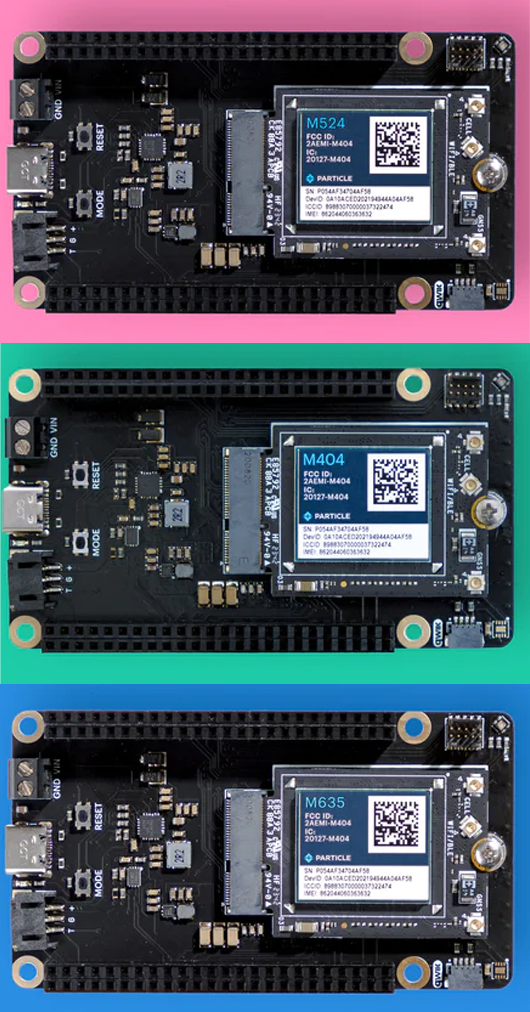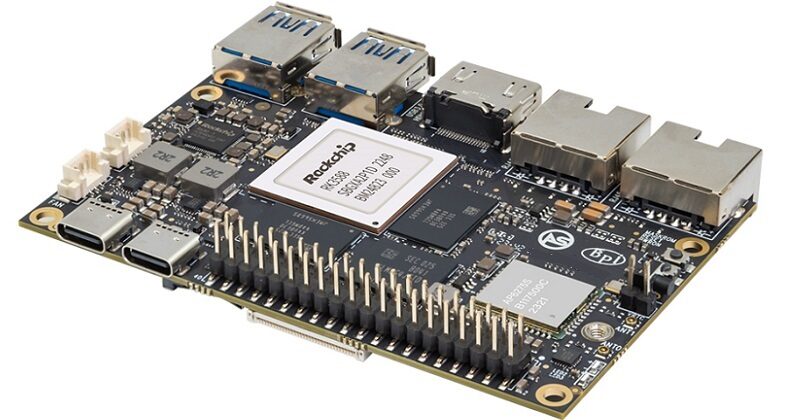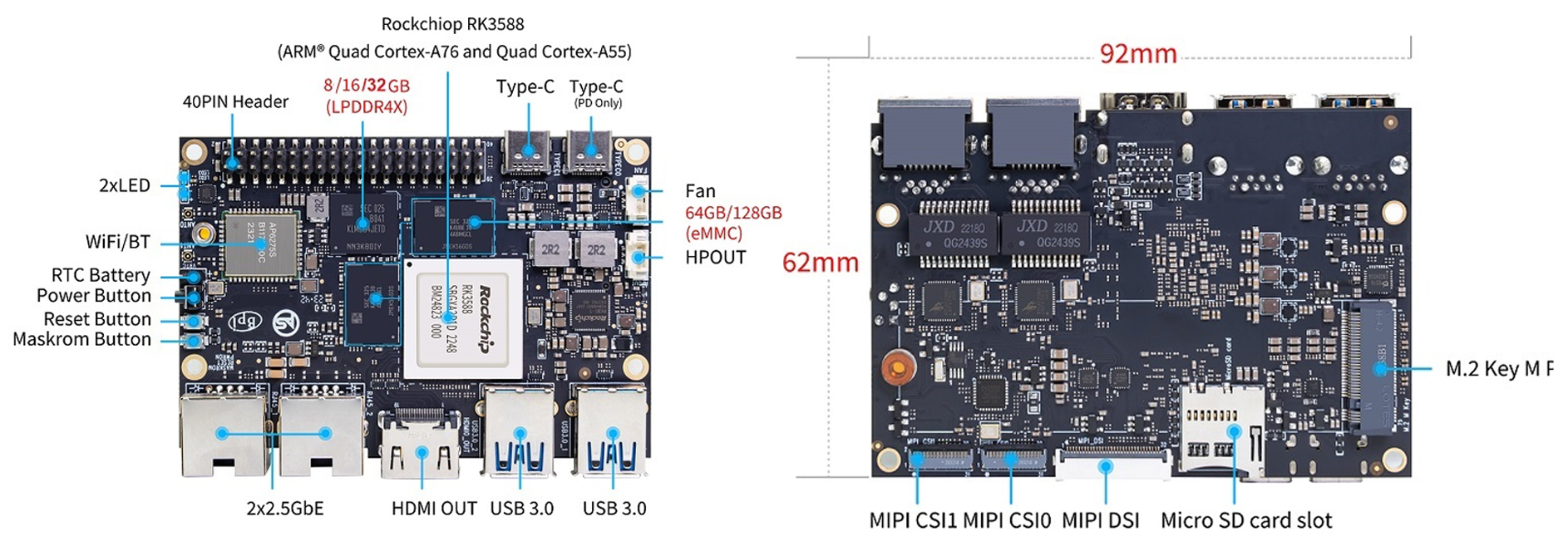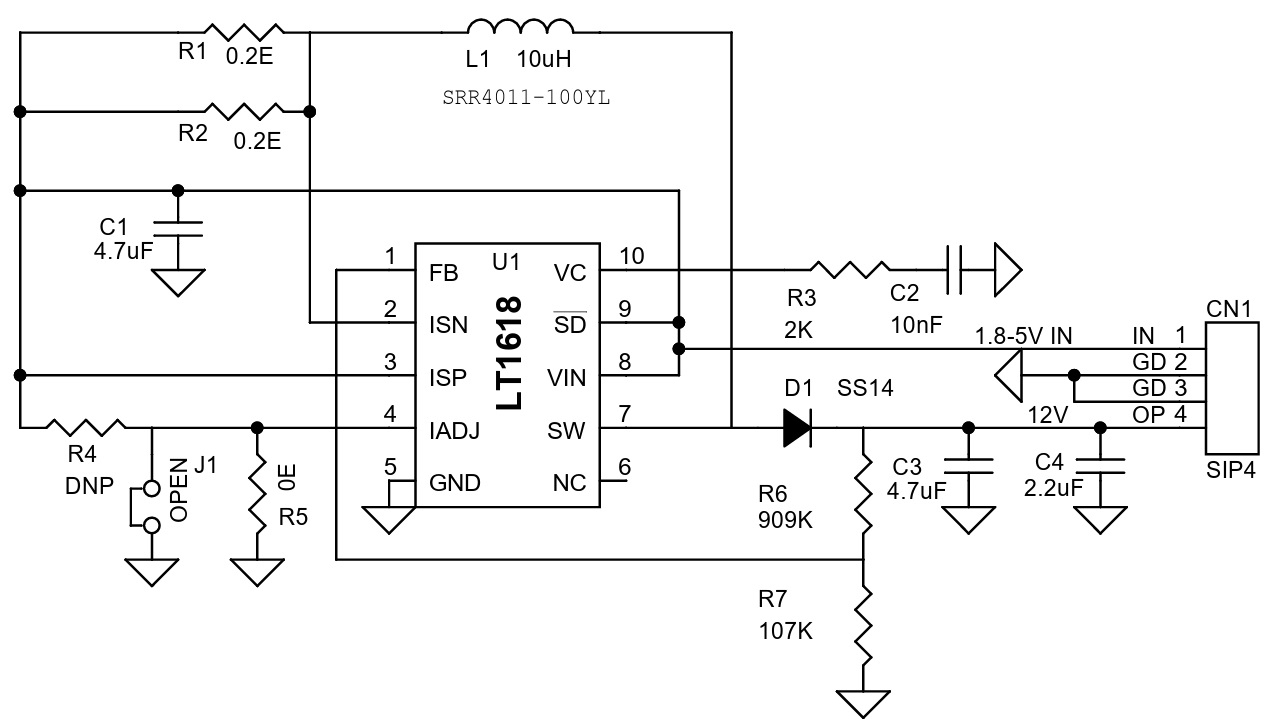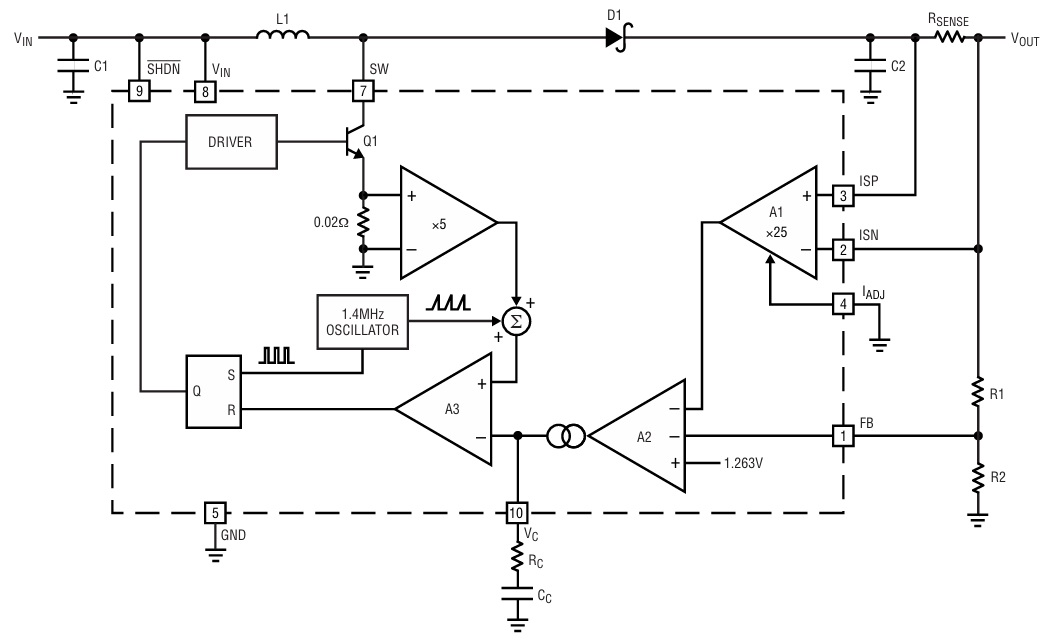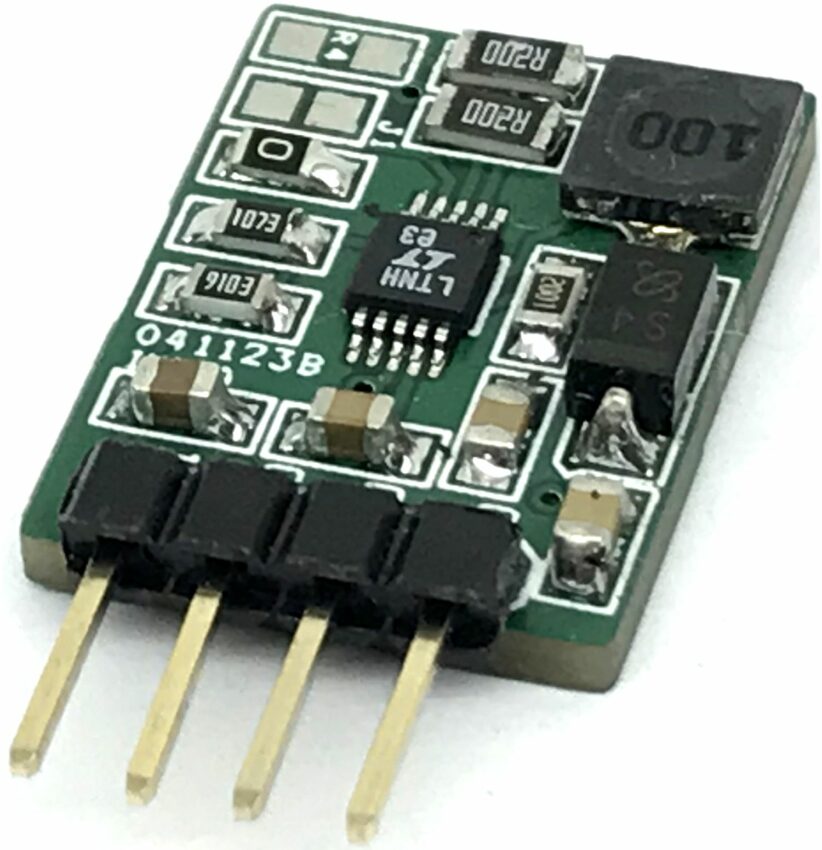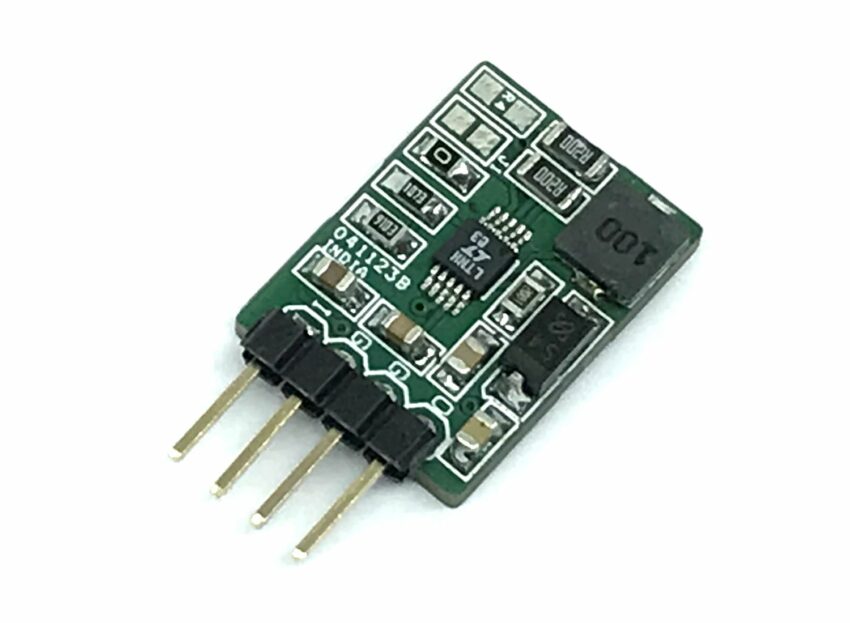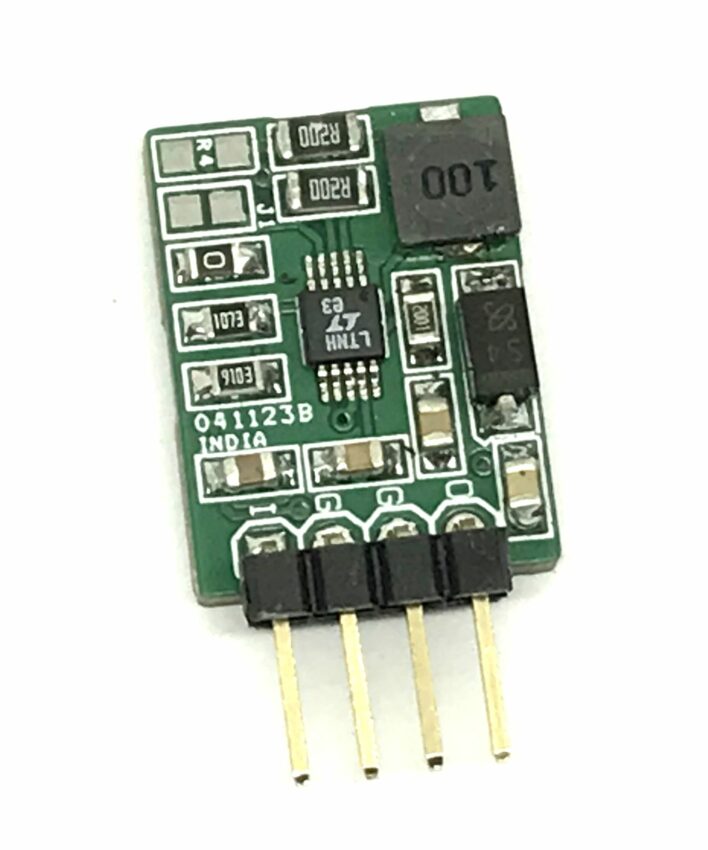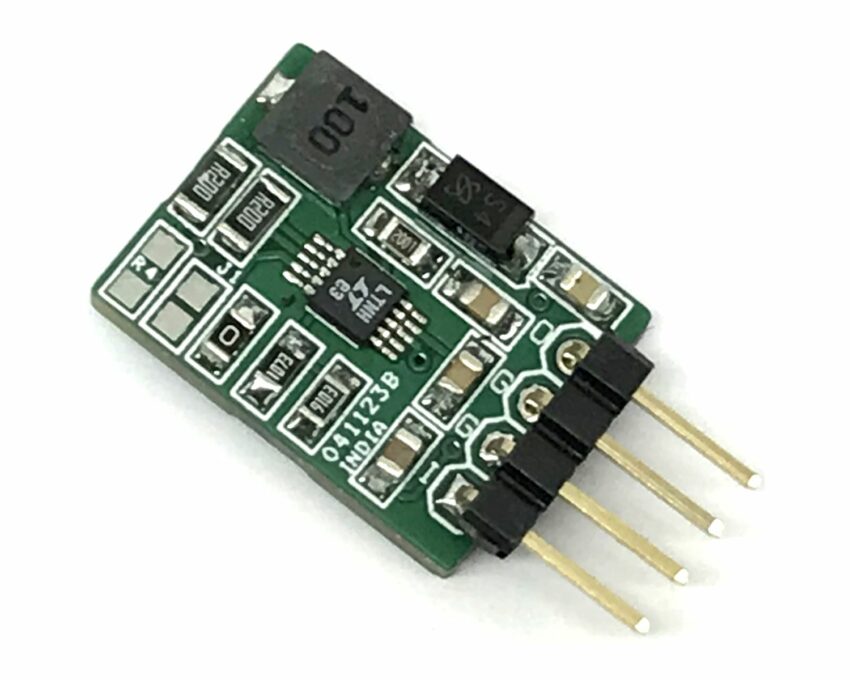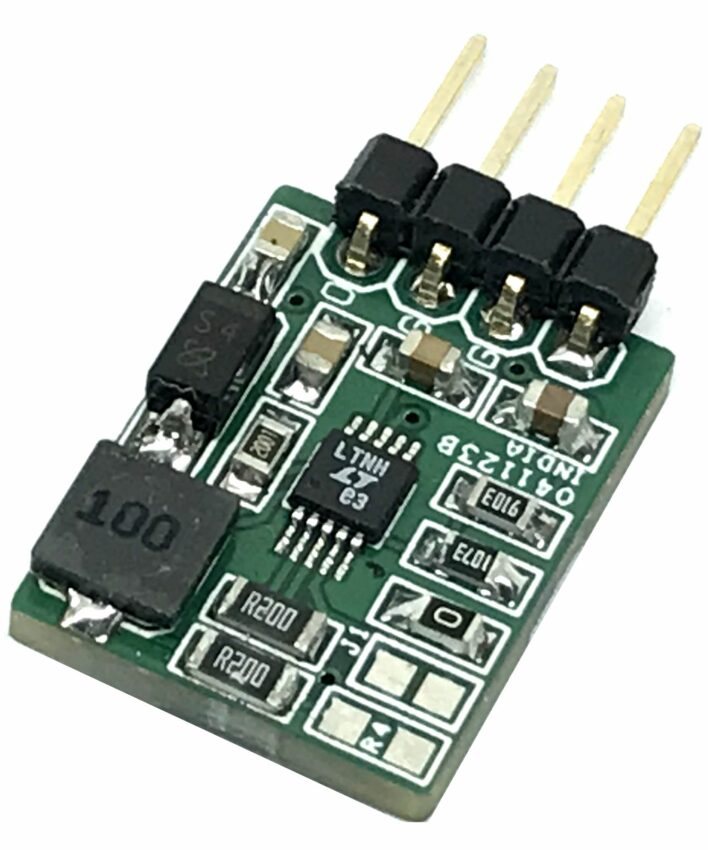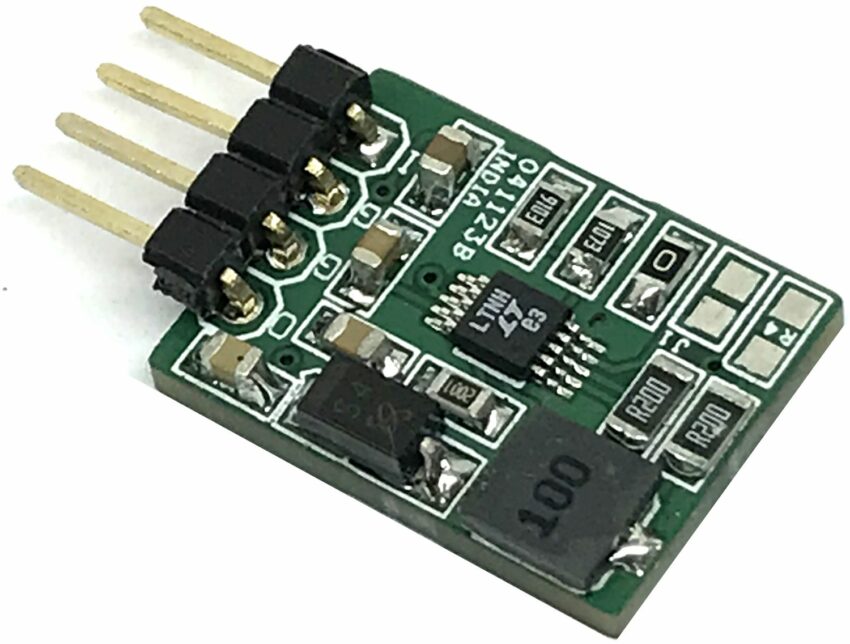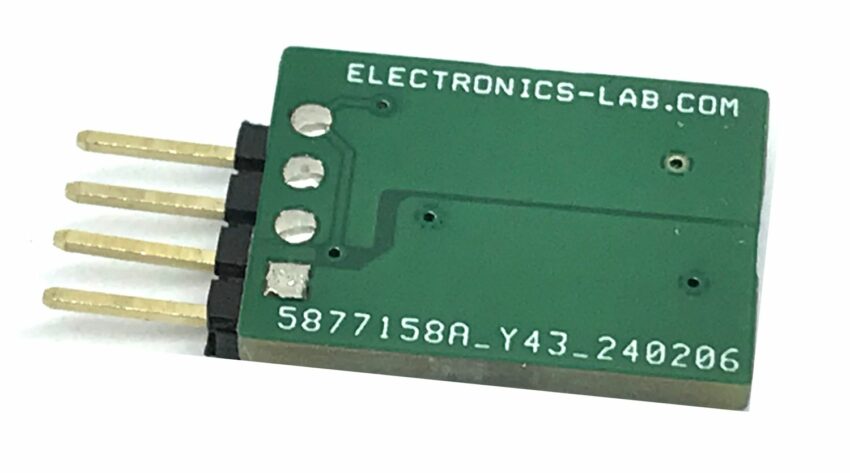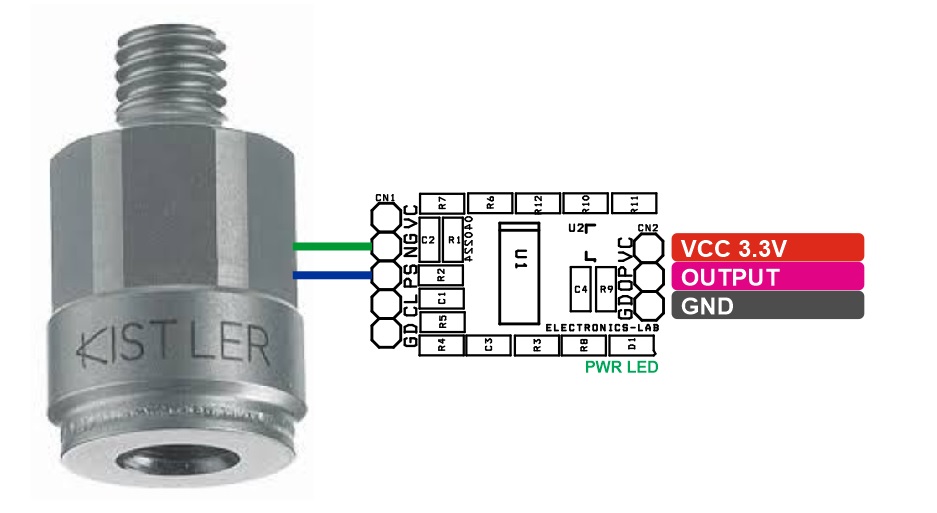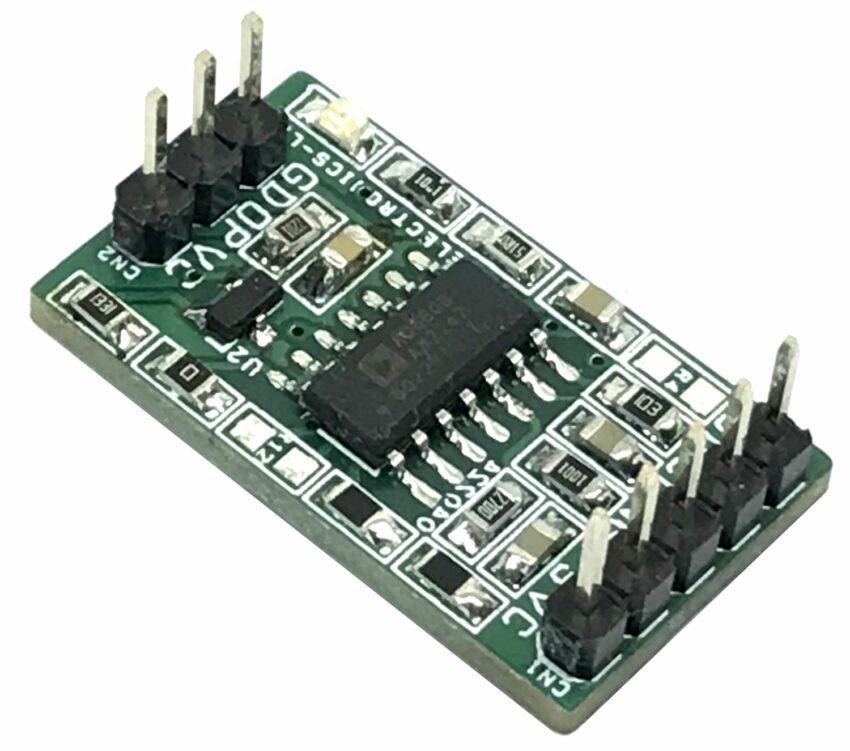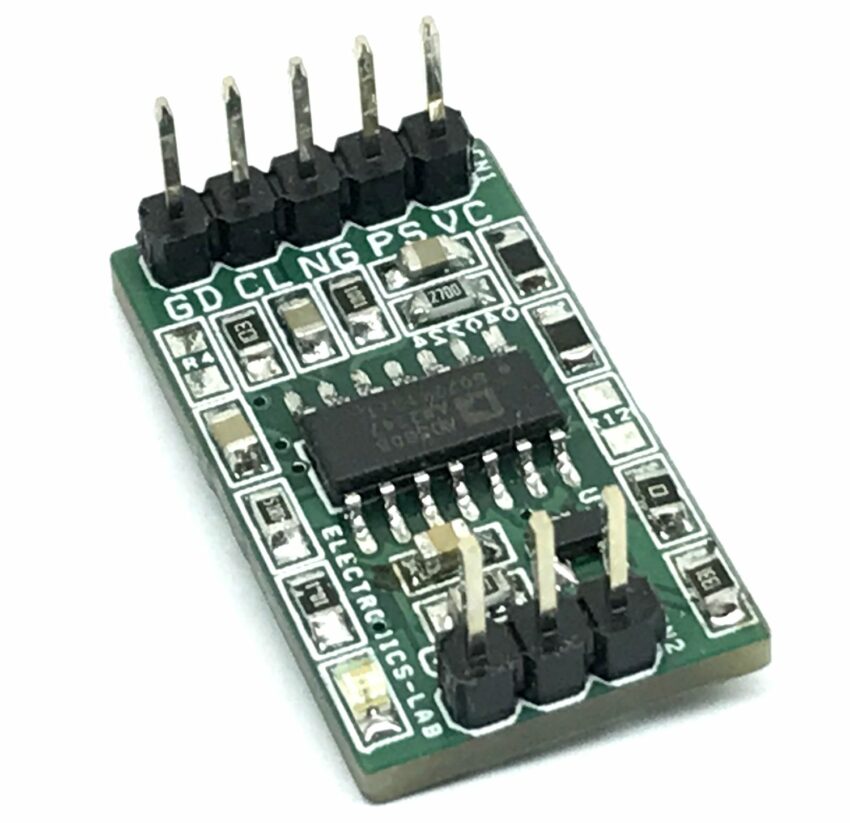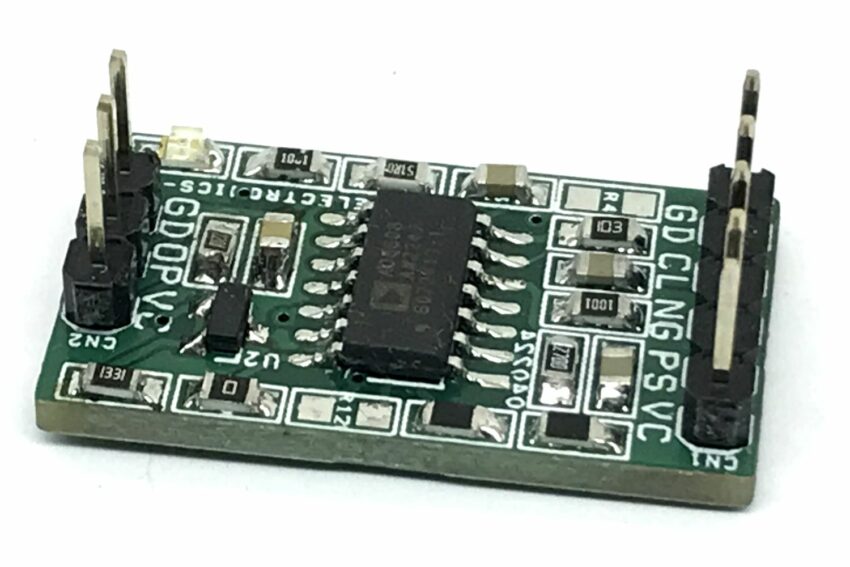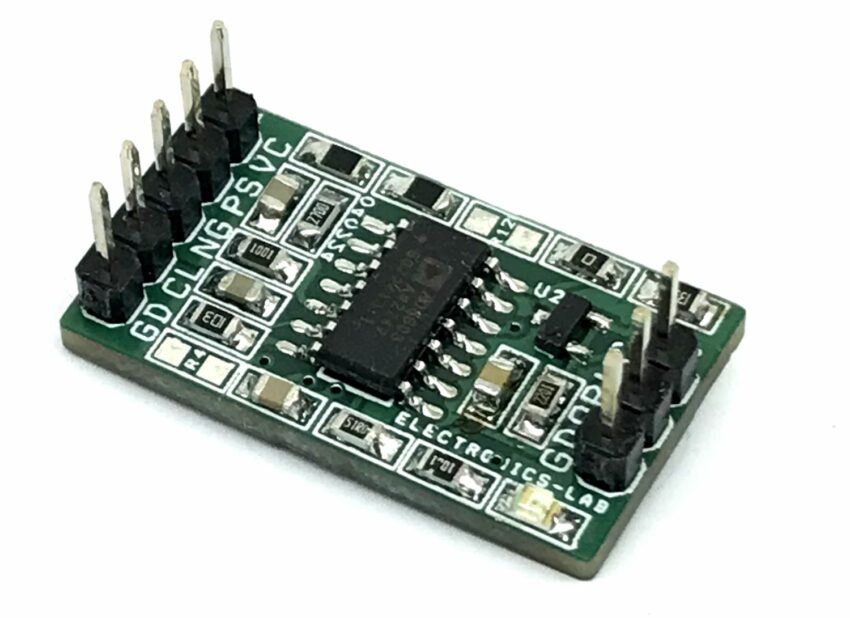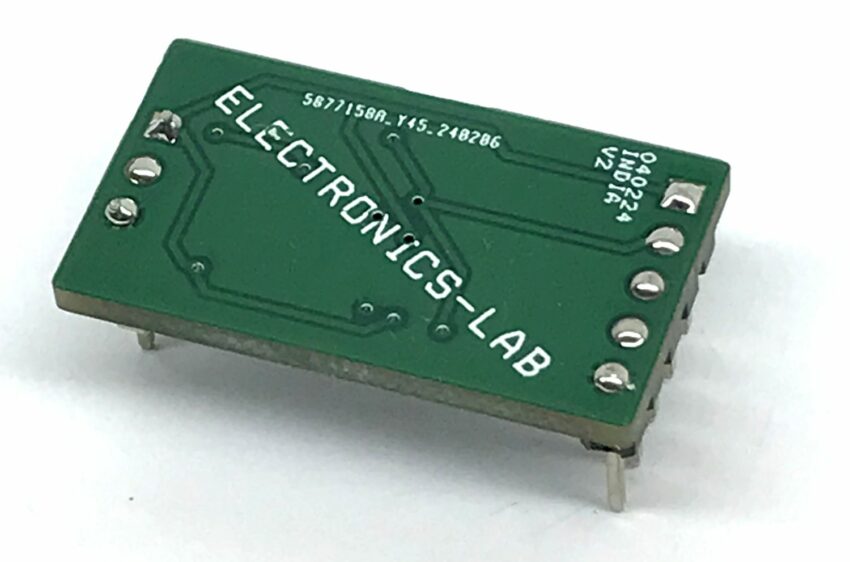The Waveshare’s ESP32-H2-DEV-KIT-N4 is an ESP32-H2-MINI-1-based dev board featuring a 96MHz RISC-V 32-bit core, 320KB ROM, 128KB HP SRAM, 4KB LP SRAM, 4MB Flash, Zigbee 3.0, Thread, and Bluetooth LE connectivity. All these features make it suitable for applications like smart homes, industrial automation, and many more.
Previously, we have covered many ESP32-H2-based dev boards and modules like the LILYGO T-Panel, ESP32-H2-DevKitM-1, and others feel free to check those out if you are looking for products with this ESP module.
The board also supports Bluetooth LE and IEEE 802.15.4 and other features similar to the SparkFun Thing Plus ESP32-C6 board we covered last month. The form factor of this board and the SparkFun board are also the same.
Waveshare’s ESP32-H2-DEV-KIT-N4 Specifications:
- Module: ESP32-H2-MINI-1-N4 with RISC-V 32-bit single-core processor
- Processor Speed: Up to 96MHz main frequency
- Memory: Built-in 4MB Flash
- Wireless Communication:
- Integrated Bluetooth 5
- IEEE 802.15.4 (Zigbee 3.0 and Thread) for superior RF performance
- Connectivity:
- Type-C USB connector for easy use
- Onboard CH343 and CH334 chips for USB and UART development
- Peripheral Interfaces:
- SPI, UART, I2C, I2S
- LED PWM, ADC
- Compatible with ESP32-H2-DevKitM-1 development board pinout
- Development Support:
- Supports ESP-IDF and Arduino
- Comprehensive SDK, development resources, and tutorials available
- BLE Support:
- Bluetooth Low Energy (BLE) 5 and Bluetooth Mesh support
- Form Factor:
- Compact size with castellated module for direct soldering to carrier boards
The Wiki page shows this board’s pinout matches the ESP32-H2-DevKitM-1 board, making it easy to use with many add-on boards with similar footprints. Waveshare also provides a guide to start using this board with Visual Studio Code, using the Espressif IDF plugin for easy development.
At the time of writing you can get the Waveshare’s ESP32-H2-DEV-KIT-N4 from both AliExpress and Waveshare store. On Waveshare the board costs $6.99 and on AliExpress it will cost you $11.15 with shipping.


